Exploring the World of Watches: Functions, Categories, and What You Should Know
In an age where technology seems to redefine our relationship with time, watches have evolved from mere instruments of measurement to intricate expressions of art and engineering. With each tick of the second hand, the world of watches unfolds, revealing a tapestry woven with history, innovation, and style. From the classic elegance of mechanical movements to the high-tech precision of smartwatches, these timepieces do much more than tell time; they embody craftsmanship, serve varied functions, and reflect the wearer’s personality. Whether you’re a seasoned collector, a curious novice, or someone simply looking to find the perfect companion for your wrist, embarking on this exploration of watch functions, categories, and essential knowledge will not only inform you but also inspire a newfound appreciation for these remarkable artifacts of horological ingenuity. Join us as we delve into the captivating universe of watches, where every detail counts and every choice tells a story.
The Intricacies of Watch Functions: A Guide to Understanding Timekeeping Technology
Understanding the myriad functions of a watch goes beyond simply telling time; it encompasses a fascinating blend of precision engineering and innovative technology. At the core of most timepieces lies the **movement**—the mechanism that powers the watch. There are predominantly three types of movements: **quartz**, **automatic**, and **manual**. Quartz watches are powered by a battery and are known for their accuracy, while automatic movements harness kinetic energy from the wearer’s wrist motion. Manual watches, on the other hand, require regular winding to keep time, combining craftsmanship with a touch of romantic nostalgia. Each movement type comes with its own set of benefits and drawbacks, making it essential to choose based on your lifestyle and preference.
In addition to the standard hour and minute functions, modern watches offer a wealth of complications that can greatly enhance their utility. Common features include:
- Chronograph: A stopwatch function allowing for precise timing.
- Calendar: Displays the date, and some even show the day and month.
- Moon Phase: Tracks the lunar cycle, a charming feature for enthusiasts.
- GPS and Altimeter: Ideal for adventurers and outdoor lovers.
Below is a simple overview of popular watch functions:
| Function | Description |
|---|---|
| Water Resistance | Protects against moisture and is rated in meters. |
| Tachymeter | Measures speed based on time over a fixed distance. |
| Power Reserve Indicator | Shows the remaining energy in the watch’s movement. |
These functions enhance both the aesthetic and practical aspects of the timepiece, making the purchase of a watch a deeply personal decision that reflects individual taste and lifestyle needs.
Diverse Categories of Timepieces: From Dress Watches to Smartwatches
Watches serve as both functional tools and expressions of personal style, with a variety of categories designed to meet diverse needs and preferences. **Dress watches** stand out for their elegance, often characterized by a slim profile and minimalistic design. They’re typically crafted from high-quality metals such as gold or stainless steel, featuring restrained dials that complement formal attire. In contrast, **sport watches** are built for durability and function. These timepieces often include features like water resistance, luminous hands for visibility, and chronograph functions, making them ideal for an active lifestyle.
As technology has evolved, **smartwatches** have emerged, blending traditional timekeeping with cutting-edge capabilities. These devices do more than just tell time; they track fitness metrics, manage notifications, and even facilitate contactless payments. Meanwhile, **field watches** are rugged and practical, designed for outdoor activities and adventures. They usually come with features like compass functions and robust, shock-resistant cases. The watch category you choose often reflects your lifestyle, whether you’re dressing for an upscale event or preparing for a day of exploration.
Essential Considerations for Choosing the Right Watch: Expert Insights and Recommendations
When delving into the vast realm of horology, one must ponder several essential factors that will guide the selection of the perfect timepiece. First and foremost, consider the **functionality** of the watch. Is it merely a fashion statement, or do you require specific features such as water resistance, diving capabilities, or advanced technology like GPS? Understanding your primary use for the watch can eliminate options that don’t meet your needs. Additionally, the **size** and **style** of the watch should complement your wrist and personal aesthetic. Watches come in various sizes and designs, from minimalist styles to intricate pieces embellished with diamonds or unique complications.
Next, it’s crucial to pay attention to the **movement type** of the watch, as it dictates both the performance and maintenance requirements. There are generally two movement types to choose from: **automatic** (or self-winding) and **quartz**. Automatic watches derive their energy from the motion of the wearer, while quartz watches are powered by a battery. Each has its own set of advantages and disadvantages in terms of accuracy and longevity. Here’s a brief comparison of the two types:
| Movement Type | Pros | Cons |
|---|---|---|
| Automatic |
|
|
| Quartz |
|
|
To Conclude
As we conclude our journey through the intricate world of watches, it becomes evident that timekeeping is more than a mere utility—it’s an art form, a history lesson, and a reflection of personal style. From the precise mechanics of a chronograph to the elegance of a minimalist design, each watch carries with it a story waiting to be told. Understanding the various functions and categories not only helps you select the perfect timepiece but also opens your eyes to the craftsmanship that goes into every tick and tock.
Whether you’re a seasoned collector or a newcomer exploring the wristwatch landscape, remember that every watch is a blend of heritage and innovation, suitable for different occasions, lifestyles, and personal expressions. So, as you strap on your next wrist companion, take a moment to appreciate the myriad of choices available and the timeless allure that watches continue to hold. Here’s to celebrating time in all its forms—one watch at a time.


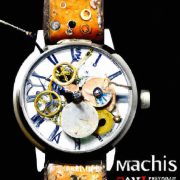


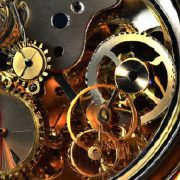

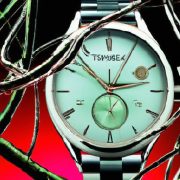







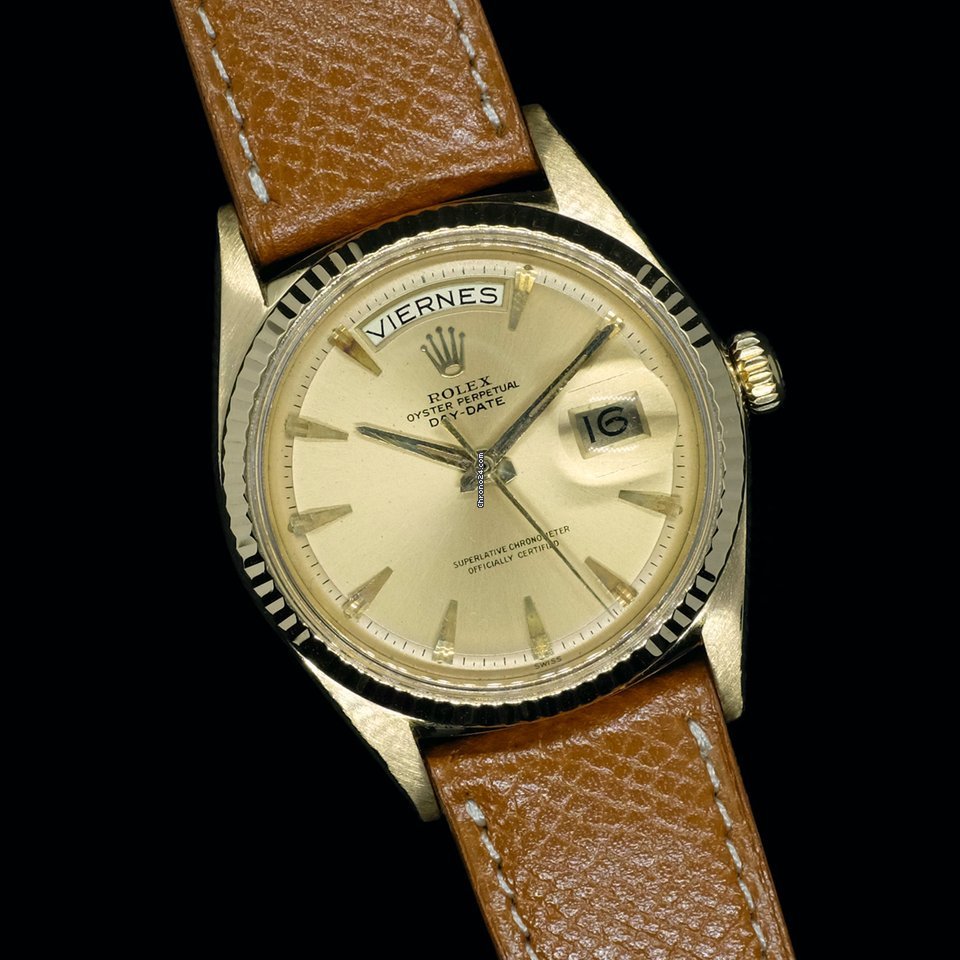
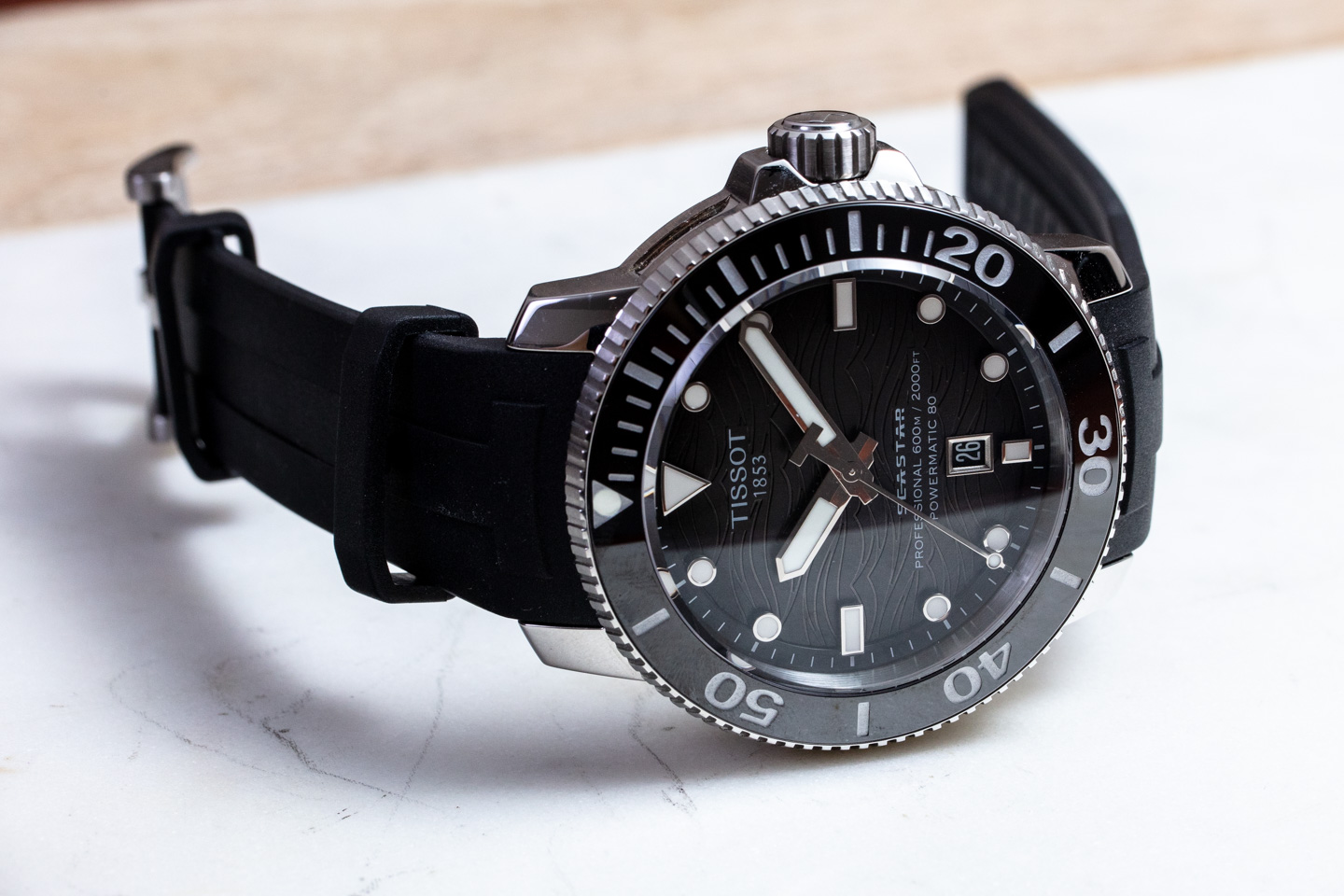
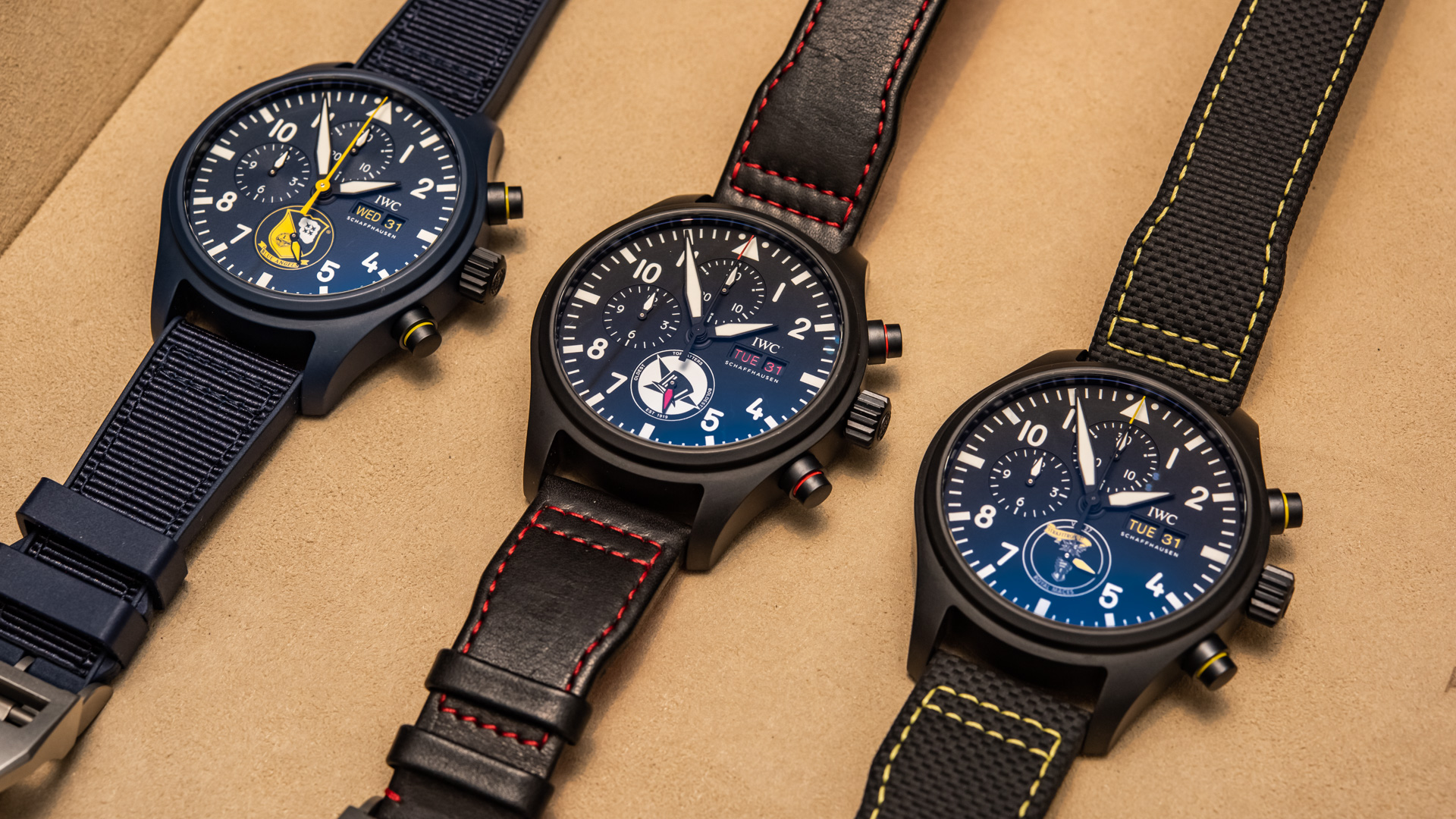
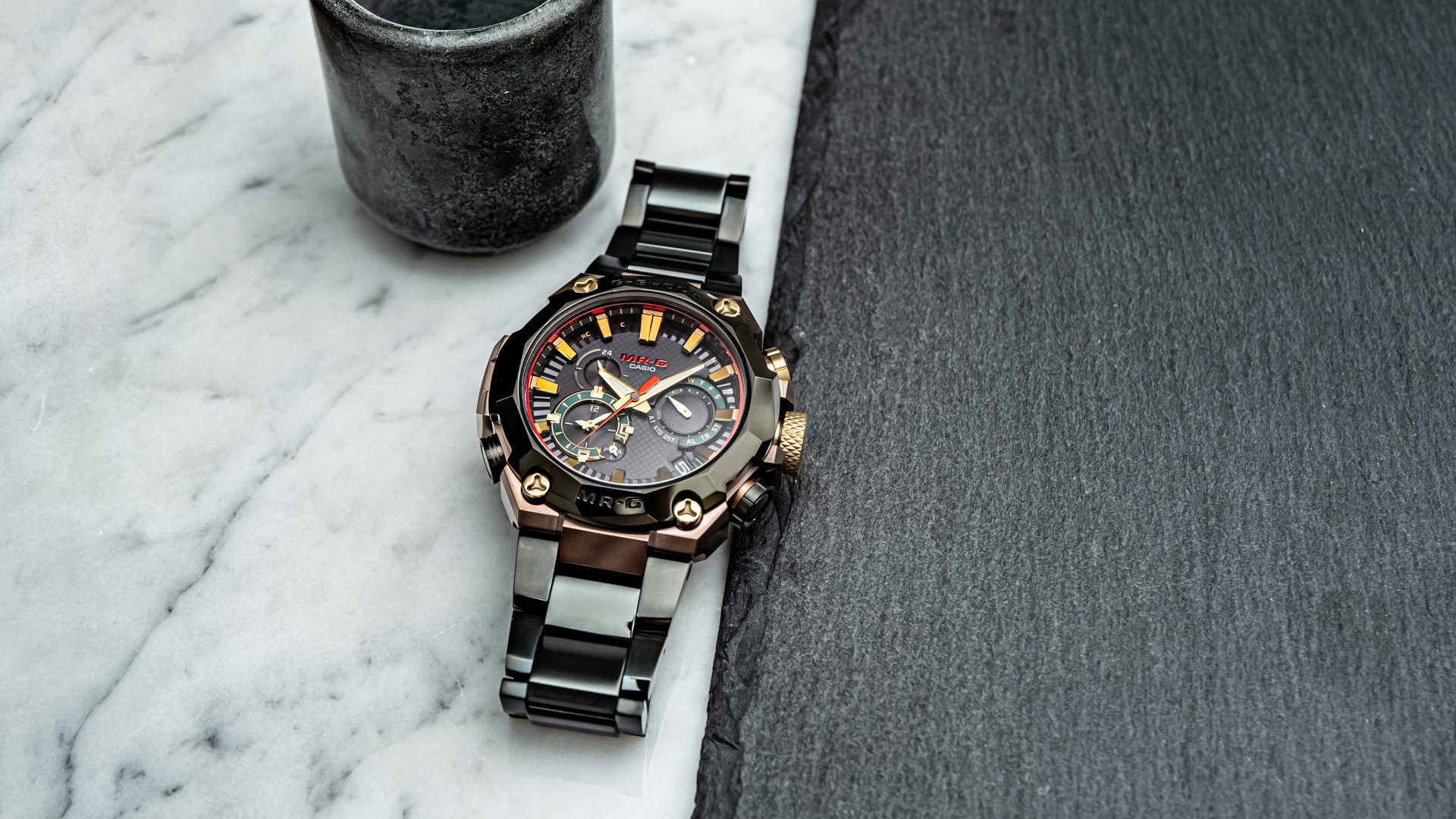


Comments